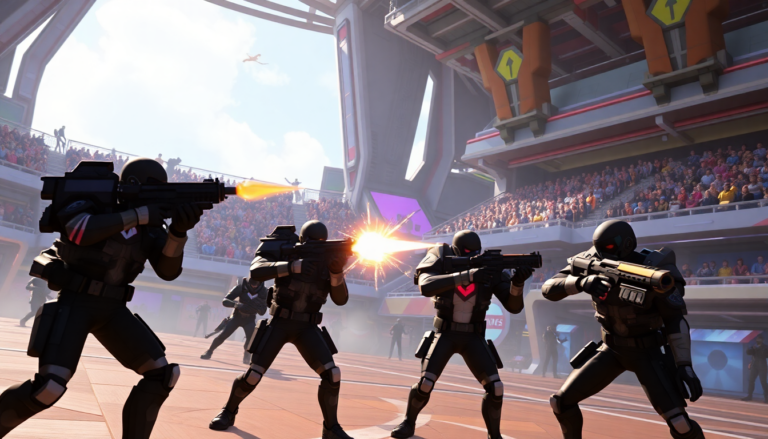Argomenti trattati
In the vibrant universe of Overwatch 2, a fresh mode called Stadium is shaking things up, challenging the way players have traditionally approached the game. Unlike before, this mode doesn’t allow hero swapping mid-match, sparking a whirlwind of excitement and trepidation among the community. How will this shift impact strategy and playstyle? Players must now adapt and innovate, stepping out of their comfort zones without the safety net of switching heroes during combat.
Understanding the No Hero Swapping Concept
Stadium marks a pivotal change in gameplay dynamics by banning hero swaps—a feature players have relied on since Overwatch 2’s inception. Senior game designer Dylan Snyder puts it plainly: “No hero swapping has been one of the core foundational pillars of the mode since day one.” This decision isn’t arbitrary; it addresses the complexities that can arise when players switch heroes after multiple rounds, which can throw the balance off for the opposing team.
This new mode operates on an intriguing principle. Players select their heroes and earn coins through various in-game actions, which they can spend on powers and items throughout the seven fast-paced rounds. While items can be refunded anytime, powers are a different ball game—they’re non-refundable and can only be selected during odd rounds. This design choice encourages players to invest time in shaping their hero’s identity, enhancing the overall gameplay experience.
Strategizing in Stadium
The absence of hero swapping in Stadium pushes players to strategize their builds right from the start. Each hero comes with unique strengths and weaknesses, and unlike the typical Overwatch gameplay where players can quickly counter an enemy by switching, Stadium requires a more tactical game plan. How will you anticipate your opponent’s choices with the roster of heroes available?
Take Genji, for example. He often struggles against beam-attack heroes like Moira or Zarya, but players can enhance his deflect ability with purchasable items. While this doesn’t completely negate the counter, it gives players a tactical advantage, allowing them to adapt their strategy while sticking with their chosen hero. Snyder emphasizes, “We want folks to feel a little bit of investment in their build identity.”
This commitment to developing a hero identity nurtures a sense of ownership among players, encouraging them to craft a version of their hero that aligns with their playstyle. However, this restriction can be daunting for those who are used to the fluidity of hero swapping.
The Chaos and Complexity of Stadium
With Stadium’s introduction, developers aimed to strike a delicate balance between predictability and variety. The chaotic essence of gameplay remains, but removing hero swapping streamlines the build process. Snyder notes that previous versions of the mode presented a dizzying array of power and item combinations, often leaving players confused. “At one point, the mode was such that you could come into the next round with an entirely different set of Powers and items equipped,” he recalls, highlighting the need for clarity in gameplay.
The design of Stadium emphasizes the importance of predictability in opponent strategies while still allowing some flexibility. Players can make impactful choices each round, but they must do so within the limitations of their initial selections. This structure aims to ramp up the competitive edge, as players learn to anticipate their opponents’ strategies without the option of counter-swapping heroes.
Final Thoughts on Stadium’s Gameplay
Stadium offers a distinctive challenge for Overwatch 2 players, especially those who thrive on the fluidity that hero swapping provides. By eliminating this option, developers have crafted a mode that demands greater strategic depth and a stronger investment in hero identity. While some may find the lack of counter-swapping frustrating, others might relish the chance to engage with the game in a new, more structured manner.
In the end, Stadium serves as a refreshing alternative for those who may not enjoy the traditional Counterwatch mechanics of Overwatch 2. As players delve deeper into this new mode, it will be intriguing to see how strategies evolve and adapt within this fresh competitive landscape. Are you ready to take on the challenge?

